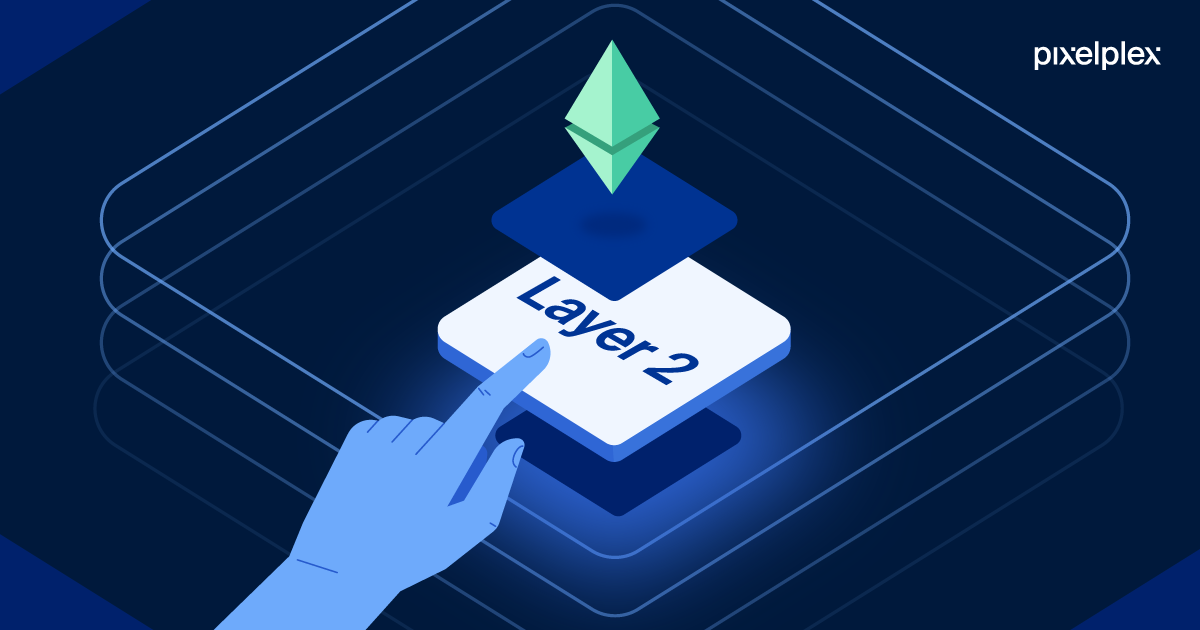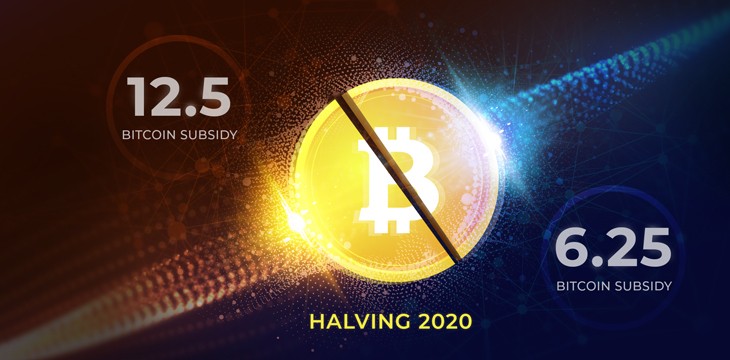3 Key Takeaways
- Layer 2 scaling reduces congestion. It processes transactions off-chain while preserving the security of Layer 1 blockchains.
- In 2025, Layer 2 tech is mainstream. Solutions like Optimism, Arbitrum, and zkSync power faster, cheaper Web3 experiences.
- By 2026, interoperability is key. Unified Layer 2 ecosystems will connect blockchains seamlessly, driving mass crypto adoption.
The Bottleneck That Built a Revolution
As blockchain adoption accelerates into 2025, one issue remains at the heart of the industry: scalability. The promise of decentralized systems has long been limited by high gas fees and slow transaction times, especially on networks like Ethereum.
Enter Layer 2 scaling—a suite of innovations designed to solve this bottleneck. By moving transactions off the main blockchain (Layer 1) and processing them more efficiently elsewhere, Layer 2 solutions make crypto faster, cheaper, and more practical for real-world use.
In short, if blockchain is the highway, Layer 2 is the express lane.
Understanding Layer 1 vs. Layer 2
To understand what Layer 2 scaling means, it’s essential to know the difference between the layers themselves.
- Layer 1 refers to the base blockchain—Ethereum, Bitcoin, Solana—where core transactions and consensus occur.
- Layer 2 solutions are built on top of these blockchains. They handle transaction activity off-chain and then report the results back to Layer 1 for final confirmation.
This approach maintains security and decentralization while dramatically improving speed and reducing costs.
In 2025, Layer 2 scaling has matured from an experimental fix to an integral part of blockchain infrastructure—especially for DeFi, NFTs, and Web3 apps that need high throughput.
Also read : How to File Crypto Taxes
The Main Types of Layer 2 Scaling Solutions
Not all Layer 2 technologies are built alike. The 2025 landscape is dominated by three main types, each tackling the scalability challenge in its own way.
1. Rollups (Optimistic and Zero-Knowledge)
Rollups bundle multiple transactions into a single one, sending compressed data to Layer 1.
- Optimistic rollups (used by Optimism, Arbitrum) assume transactions are valid unless proven otherwise.
- Zero-knowledge rollups (zk-rollups) (used by zkSync, StarkNet) use cryptographic proofs to instantly verify transactions.
These technologies have become the backbone of Ethereum scaling, reducing gas fees by up to 90% while maintaining security.
2. State Channels
State channels allow users to transact off-chain directly, with only the opening and closing transactions recorded on the main chain. This enables instant, low-cost microtransactions—ideal for gaming or streaming payments.
3. Sidechains
Sidechains like Polygon operate as independent blockchains connected to Layer 1 through bridges. They offer flexibility and speed but with a different security model.
By 2025, sidechains remain popular for applications prioritizing speed and usability over strict decentralization.
The State of Layer 2 in 2025
What was once a technical experiment has become a cornerstone of blockchain usability. According to industry data, over 70% of Ethereum activity in 2025 now happens on Layer 2 networks.
Major Web3 projects—from Uniswap to OpenSea—are migrating activity to Layer 2 to deliver faster transactions and user-friendly experiences. Wallets like MetaMask and Coinbase Wallet have integrated Layer 2 switching natively, letting users hop between networks effortlessly.
Meanwhile, zk-rollups have emerged as the gold standard for next-generation scalability, combining speed, privacy, and mathematical verification.
Why Layer 2 Matters Beyond Ethereum
While Ethereum remains the epicenter of Layer 2 innovation, 2025 has seen other blockchains adopting similar architectures. Bitcoin’s Lightning Network continues to expand for micropayments, while Avalanche subnets and Polkadot parachains apply Layer 2-style logic for specialized scalability.
This convergence signals a trend toward modular blockchain design—where scaling solutions operate independently but interconnect across ecosystems.
The 2026 Outlook: Interoperability and Unification
Looking ahead, Layer 2 scaling in 2026 will focus less on speed alone and more on interoperability—connecting different networks and assets seamlessly.
Emerging standards like Layer 3 (L3) frameworks are already being tested, enabling multiple Layer 2s to communicate efficiently. This could transform today’s fragmented ecosystem into a cohesive Web3 infrastructure, where users move across apps, chains, and layers without friction.
Expect to see:
- Cross-chain bridges that enable secure asset transfers between Layer 2s.
- Unified wallets that auto-detect and route transactions through the fastest network.
- Dynamic fee optimization, letting users always pay the lowest possible gas fee.
In this world, blockchain finally behaves like the internet—fast, invisible, and interoperable.
The Broader Implications for Web3 and Finance
Layer 2 scaling isn’t just a technical fix—it’s an economic accelerator. Lower fees and higher speeds make decentralized apps viable for millions of users, from gamers to global merchants.
For developers, it means building dApps that perform like Web2 applications but remain fully decentralized. For investors, it means broader adoption, better liquidity, and new opportunities in scalable DeFi ecosystems.
Most importantly, for users, it means blockchain experiences that are finally accessible, affordable, and intuitive.
Conclusion: The Express Lane to Mass Adoption
Layer 2 scaling has evolved from a behind-the-scenes innovation into the engine powering blockchain’s next growth phase. In 2025, it’s no longer a technical buzzword—it’s the infrastructure making Web3 practical.
By 2026, Layer 2 and beyond will define how billions interact with decentralized systems. The express lane is open, and the future of blockchain is speeding ahead.
So, when someone asks, “What is Layer 2 scaling?”—the answer is simple: it’s how blockchain becomes usable for everyone.




